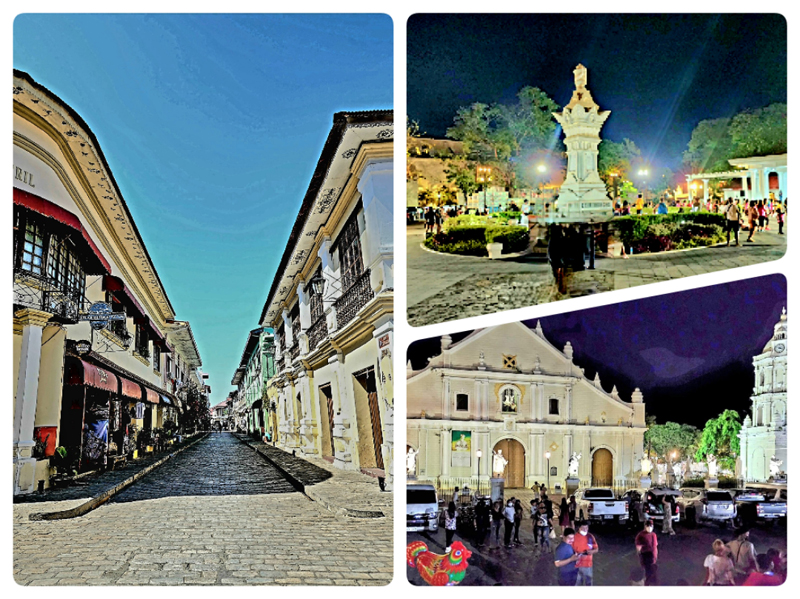
My family recently took a vacation in Santo Domingo, our hometown in the northern region of the Philippines. It was like a travel back in time, reminiscing our childhood days. During our stay we also visited neighboring towns including Vigan City, the capital of the province of Ilocos Sur.
Vigan city is just two towns away from Santo Domingo. It was founded and established in 1572 by Juan de Salcedo. According to unesco.org:
Vigan is the best-preserved example of a planned Spanish colonial town in Asia. Its architecture reflects the coming together of cultural elements from elsewhere in the Philippines, from China and from Europe, resulting in a culture and townscape that have no parallel anywhere in East and South-East Asia.
It was for these reasons that Vigan was named UNESCO World Heritage Site in December 1999.
Prior to the Spanish colonization houses known as bahay kubo were made from light-weight local materials like bamboo, cogon and nipa. The Philippines however is often visited by typhoons, so that these houses were easily destroyed.
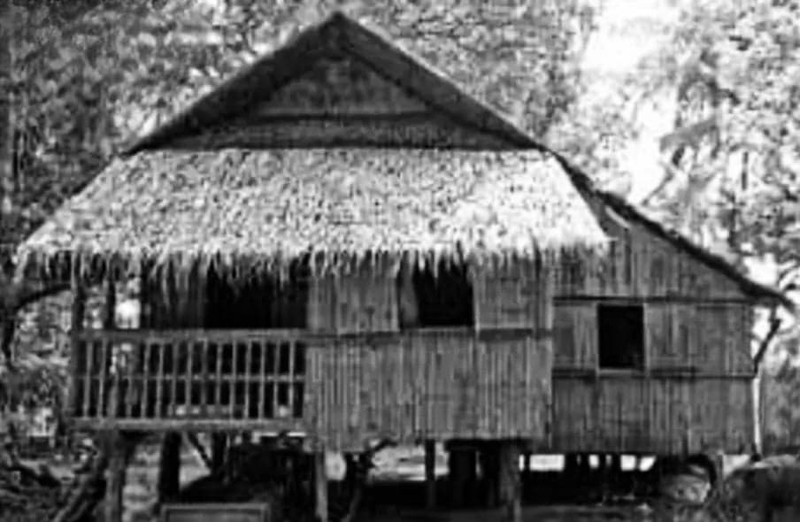
With the Spanish colonization, the locals learned how to make stronger bulds by mixing local materials with the Europeans’ method. The then bahay kubo veered into the bahay-na-bato (house of stone).
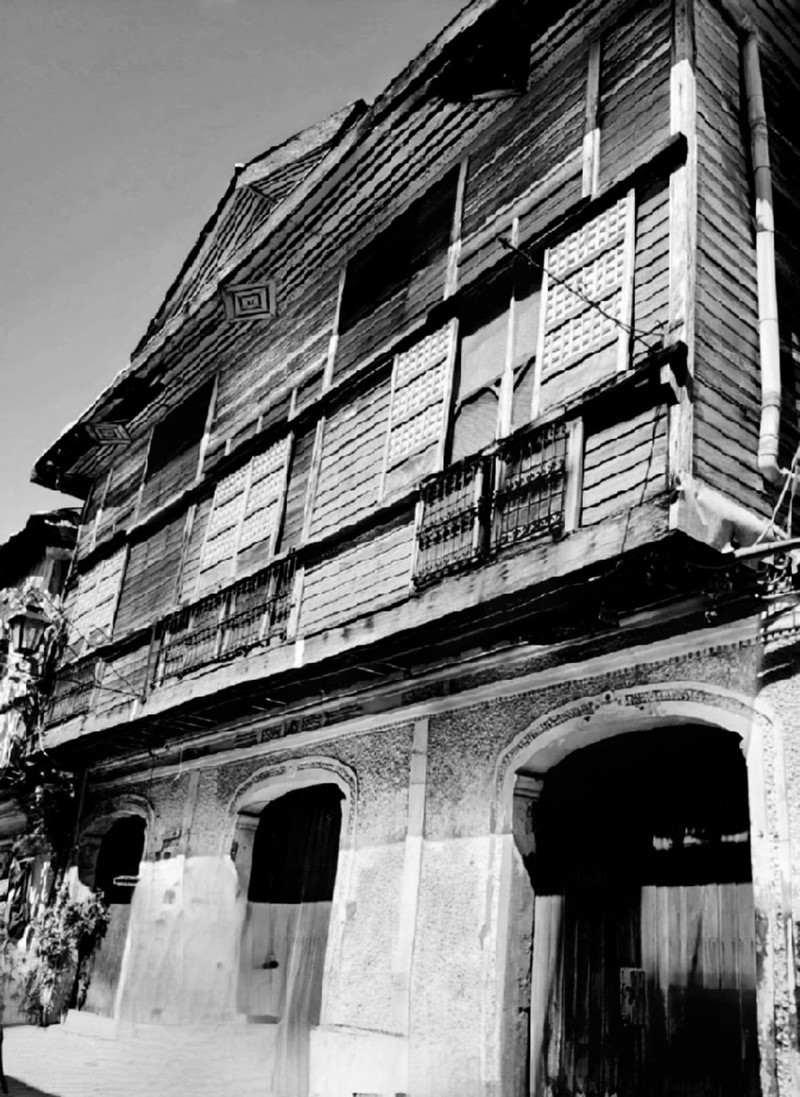
The two-storey houses were built of bricks and mortar on the ground floor and wood on the upper floor. The windows were wide and made of Capiz shells framed in wood that can be opened by sliding back for better lighting and ventilation.
Some of the original houses were destroyed during the Japanese occupation and some were burned down in 1952 and 1971 fires. The houses were reconstructed but still followed the Spanish colonial architecture of the former structures.
The houses are bigger than the average Asian houses because the ground floors serve as shops or storage and garage for the horse drawn carriage of the home owners. The second floors serve as the living quarters where you find the bedrooms, living rooms and dining/kitchen.
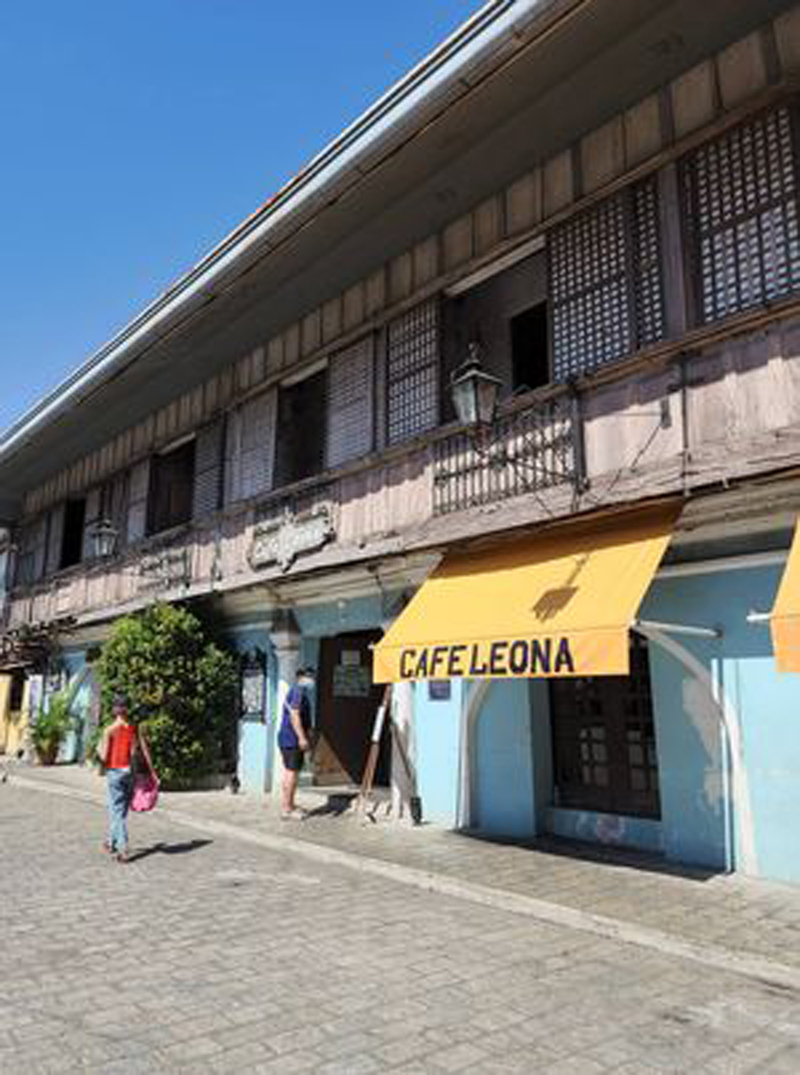
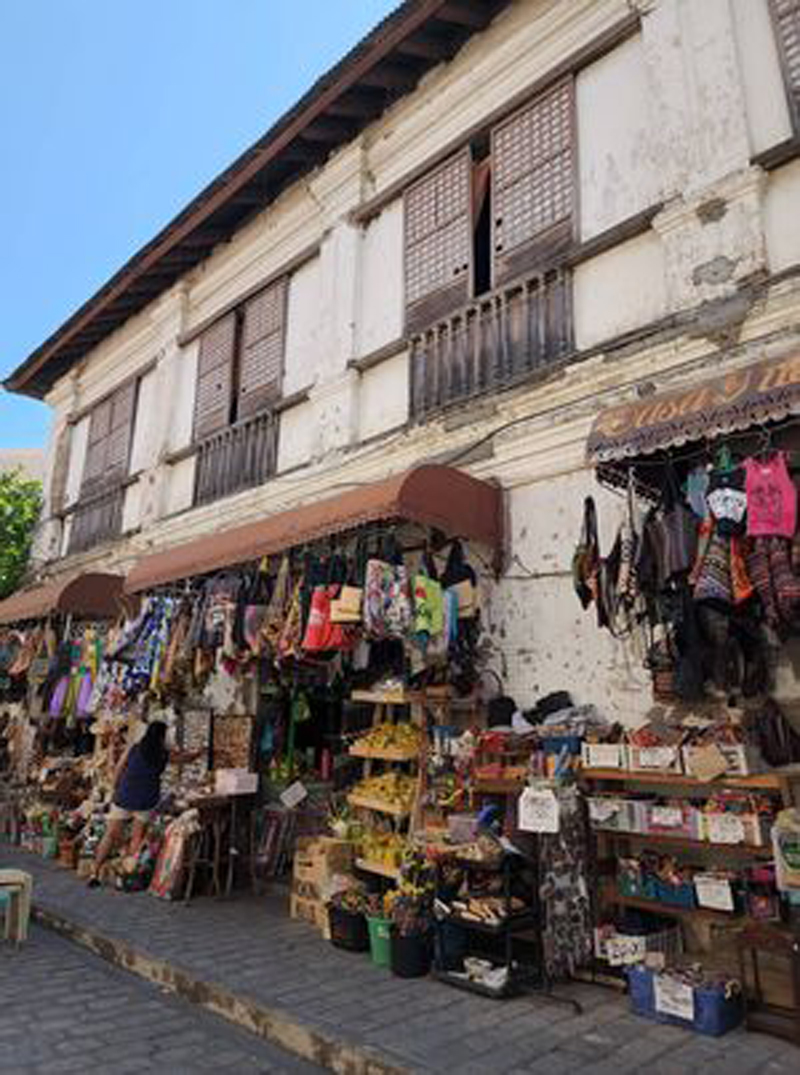
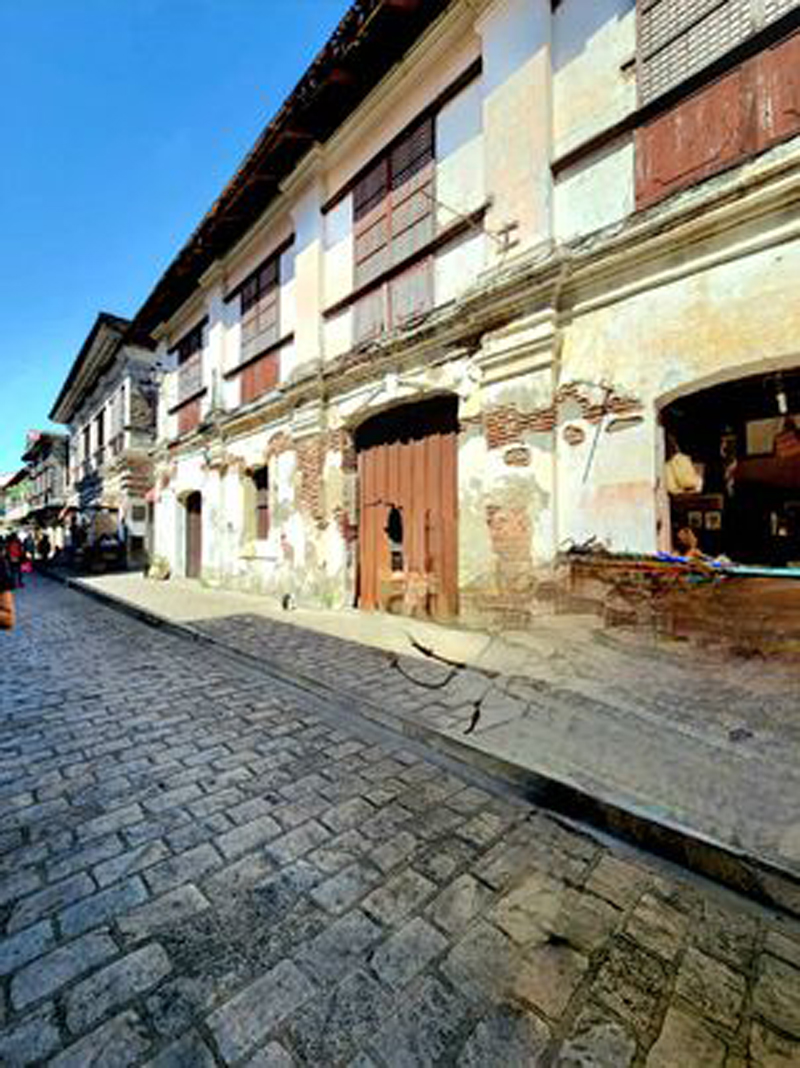
CALLE CRISOLOGO
Calle Crisologo, is the most photographed street of Vigan because of its cobblestone pavement and lined with old but beautiful and historic structures with Spanish colonial architecture. It gives us a peek into the Spanish era houses. It is closed to vehicular traffic making it easy to shop and explore on foot.
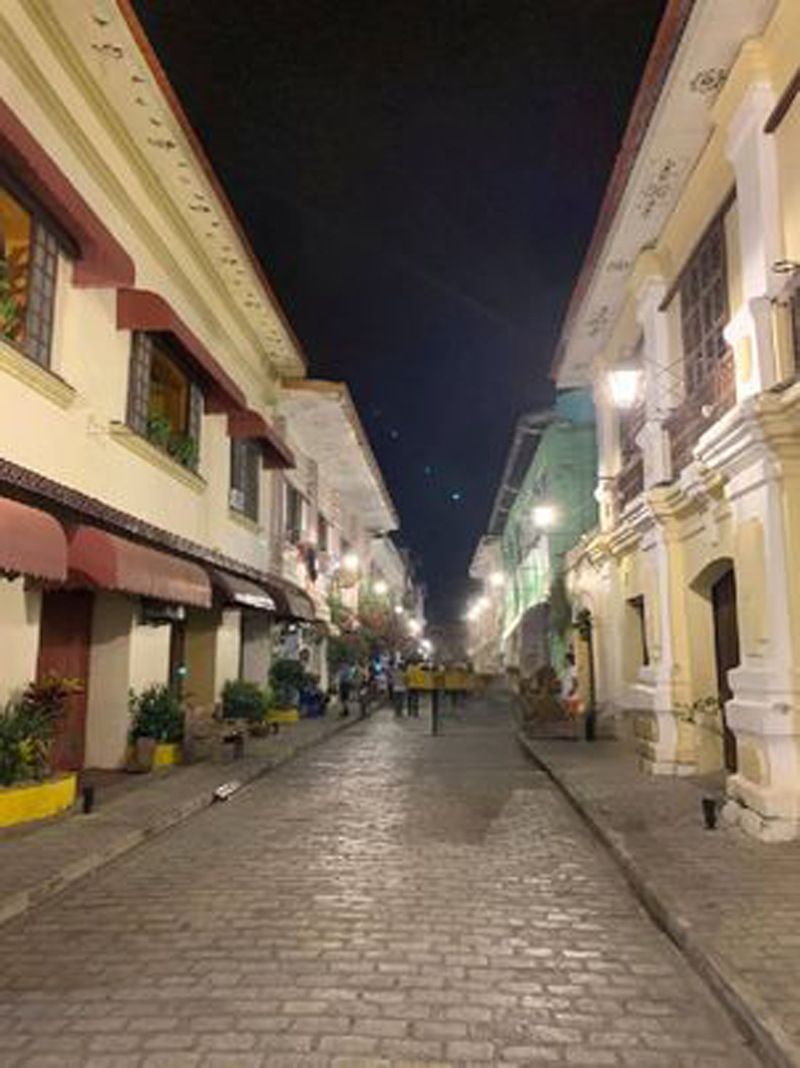
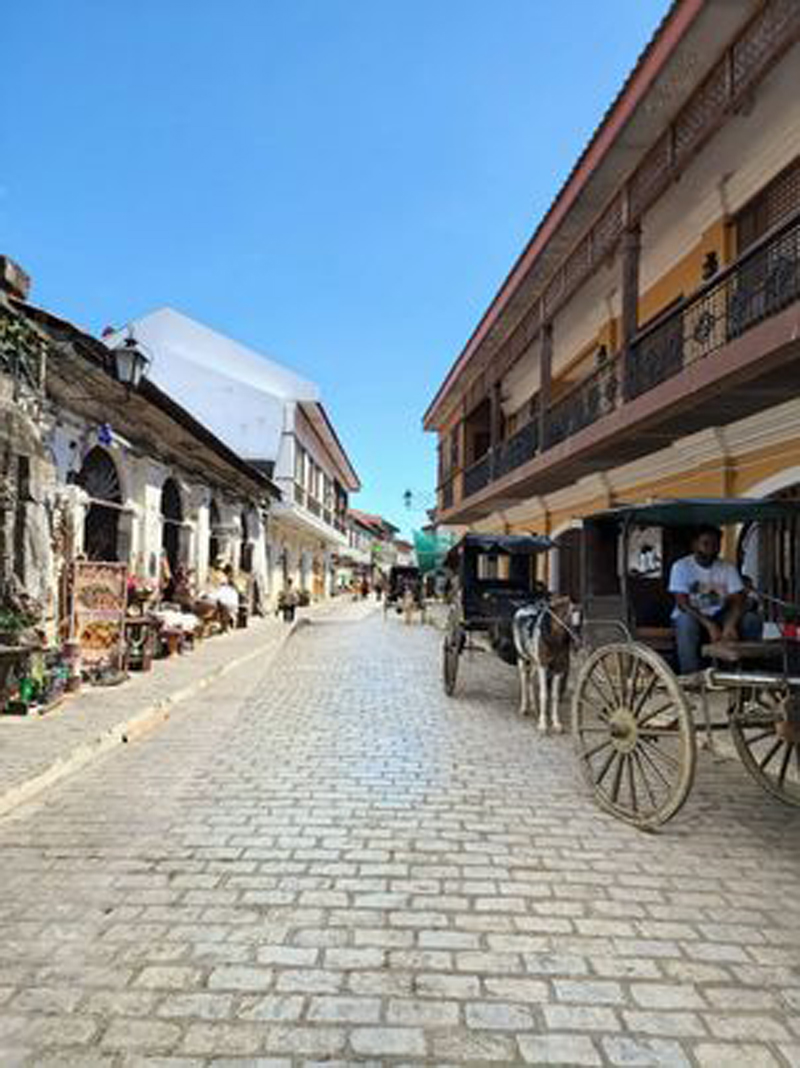
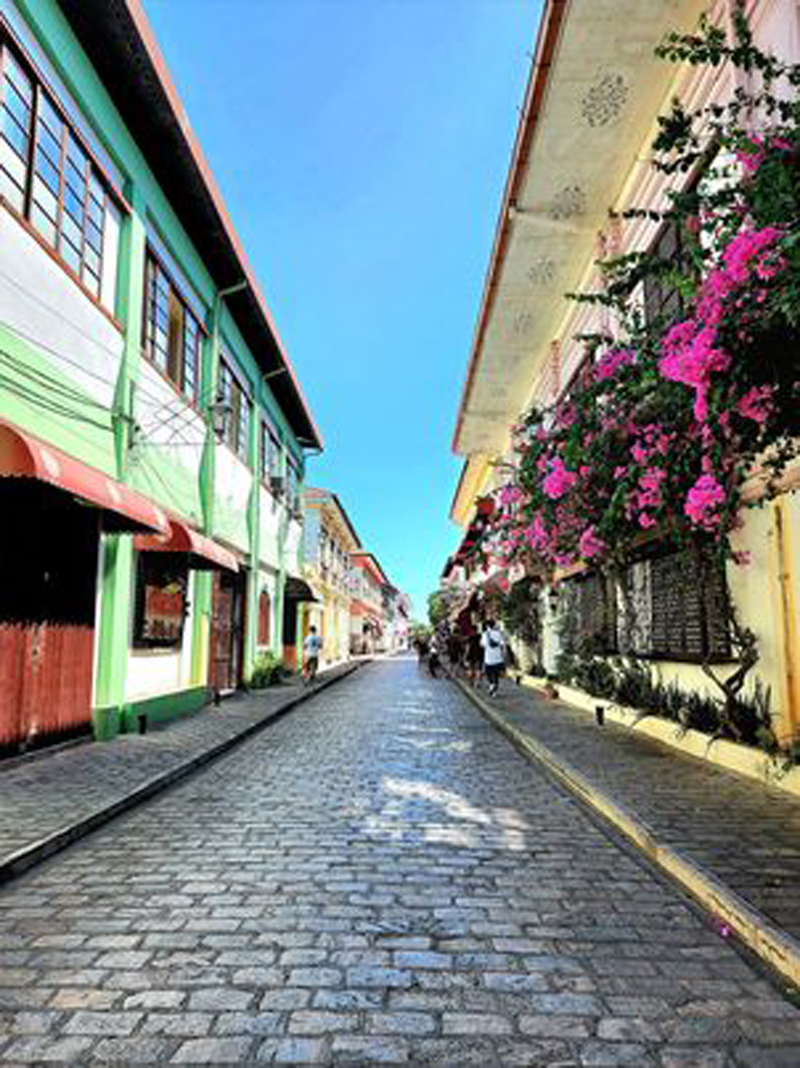
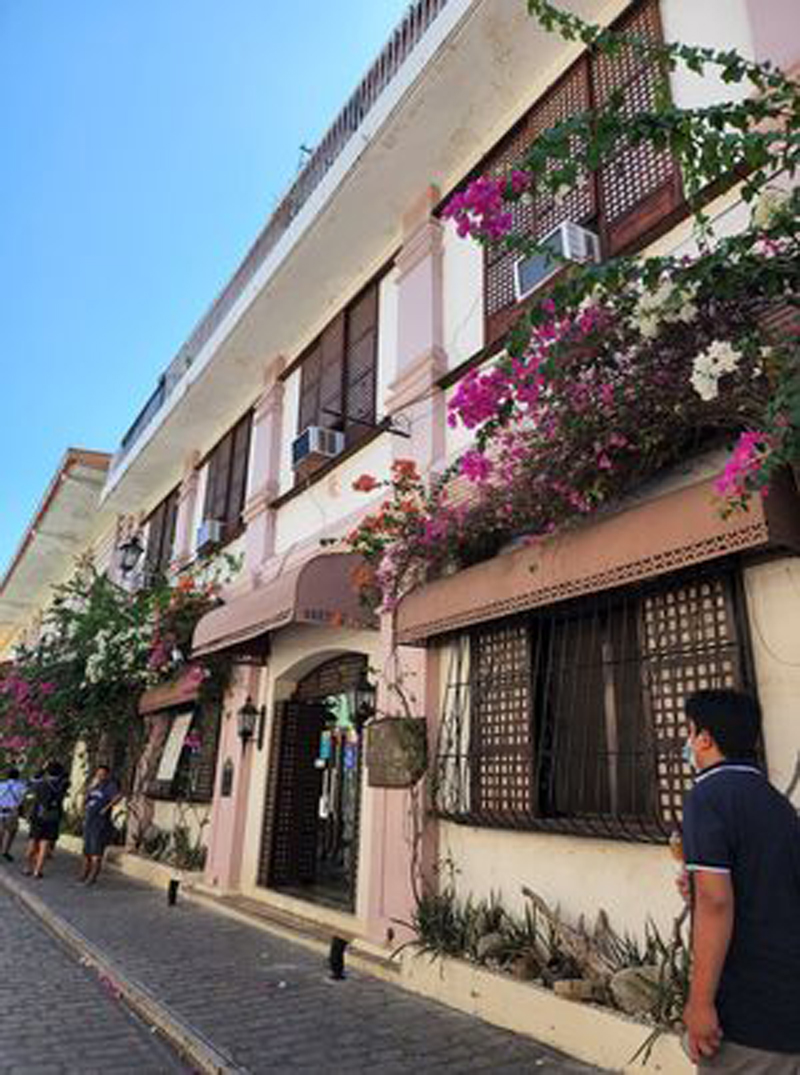
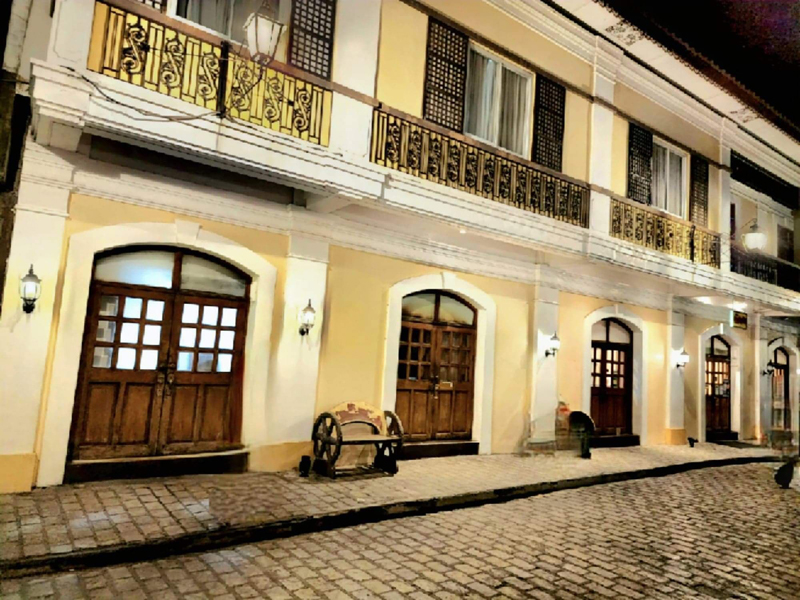
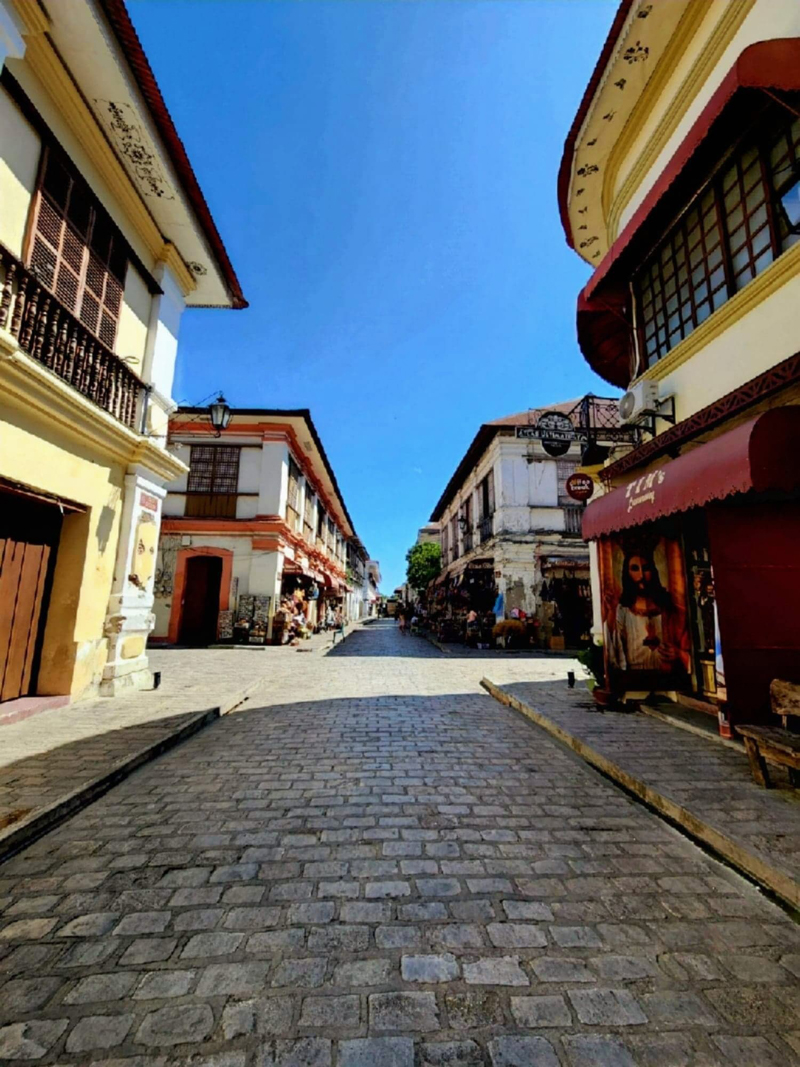
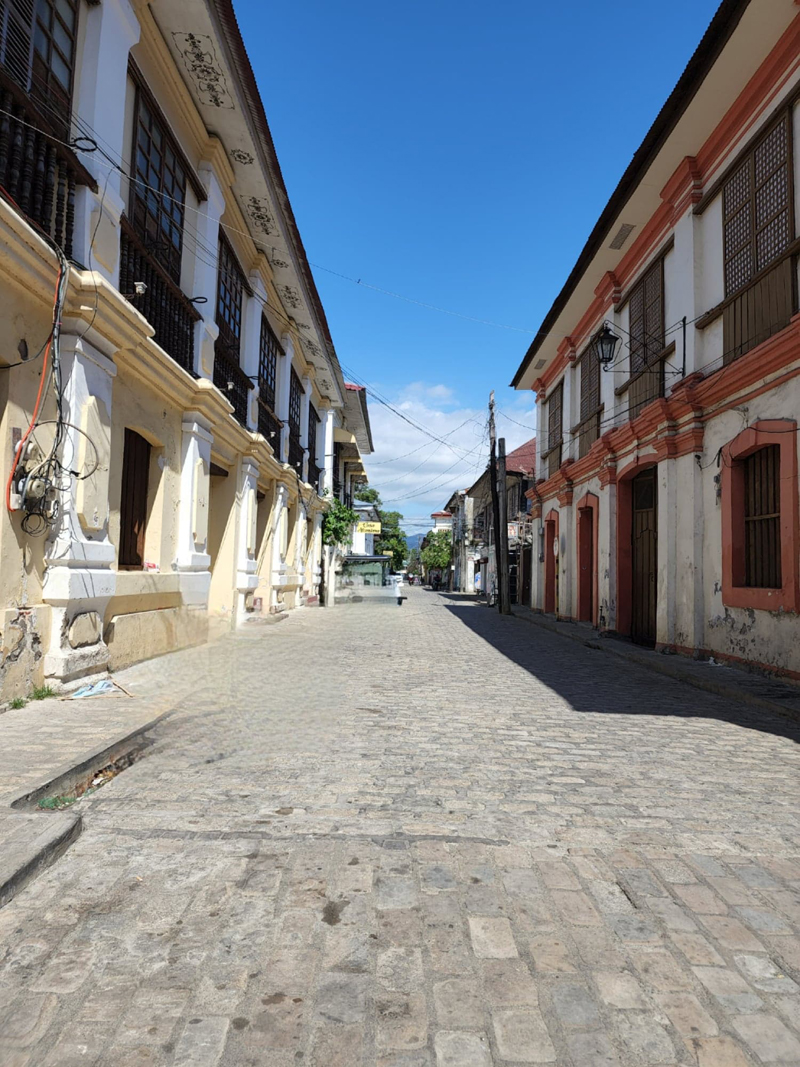
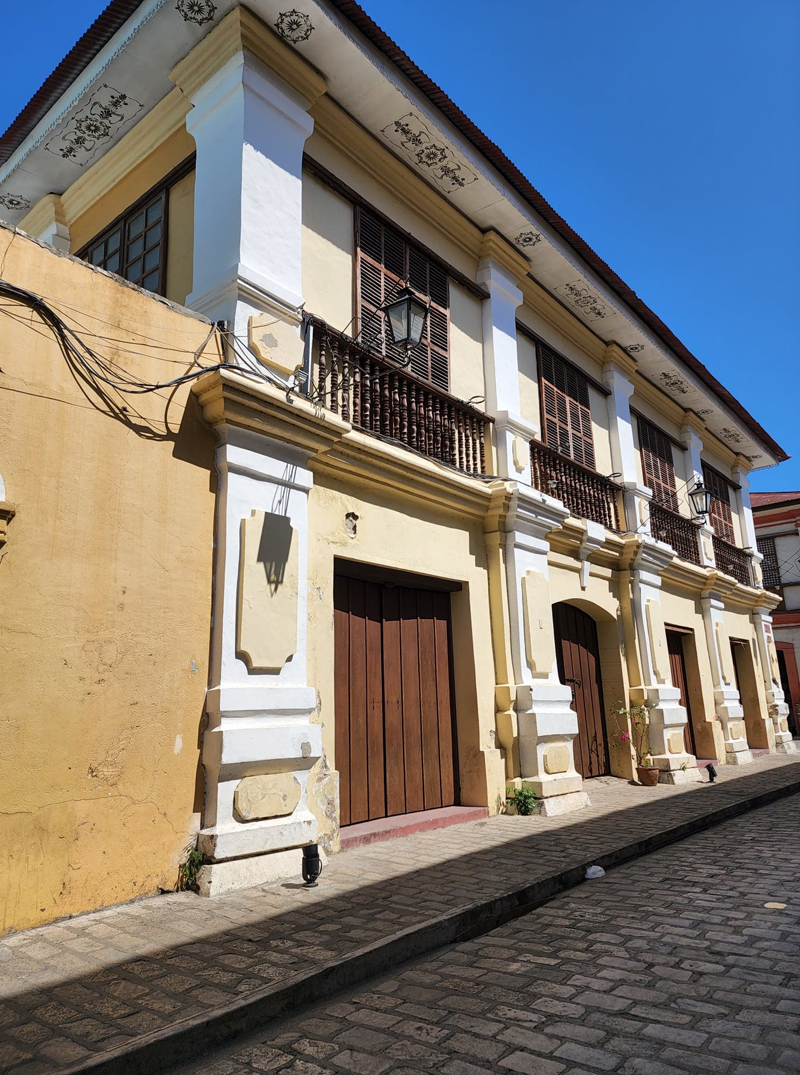
Shopping and Dining
Calle Crisologo is also lined up with shopping stores that sell antiques, locally sourced handwoven crafts, and various souvenir items.'
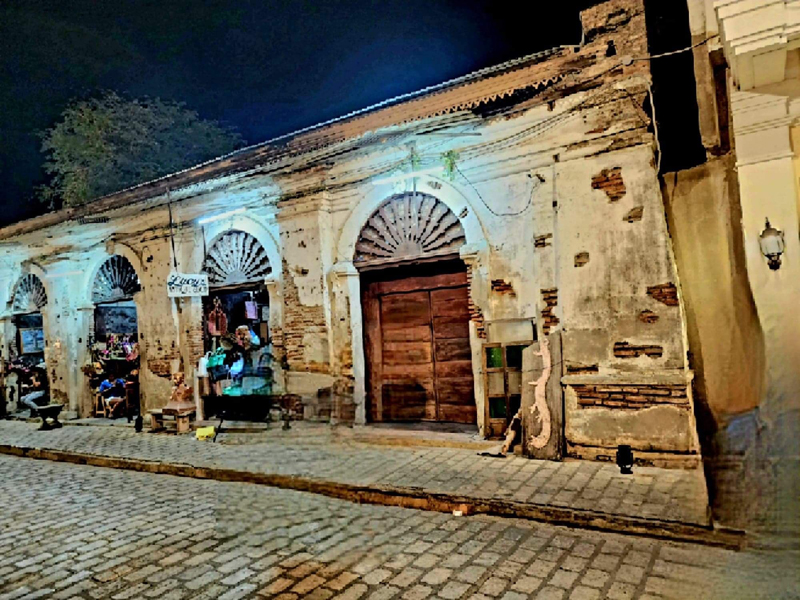
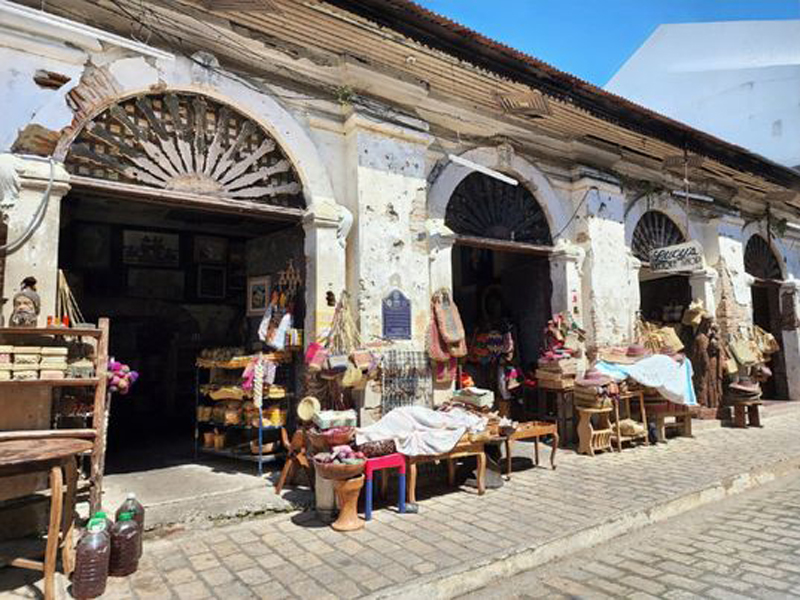
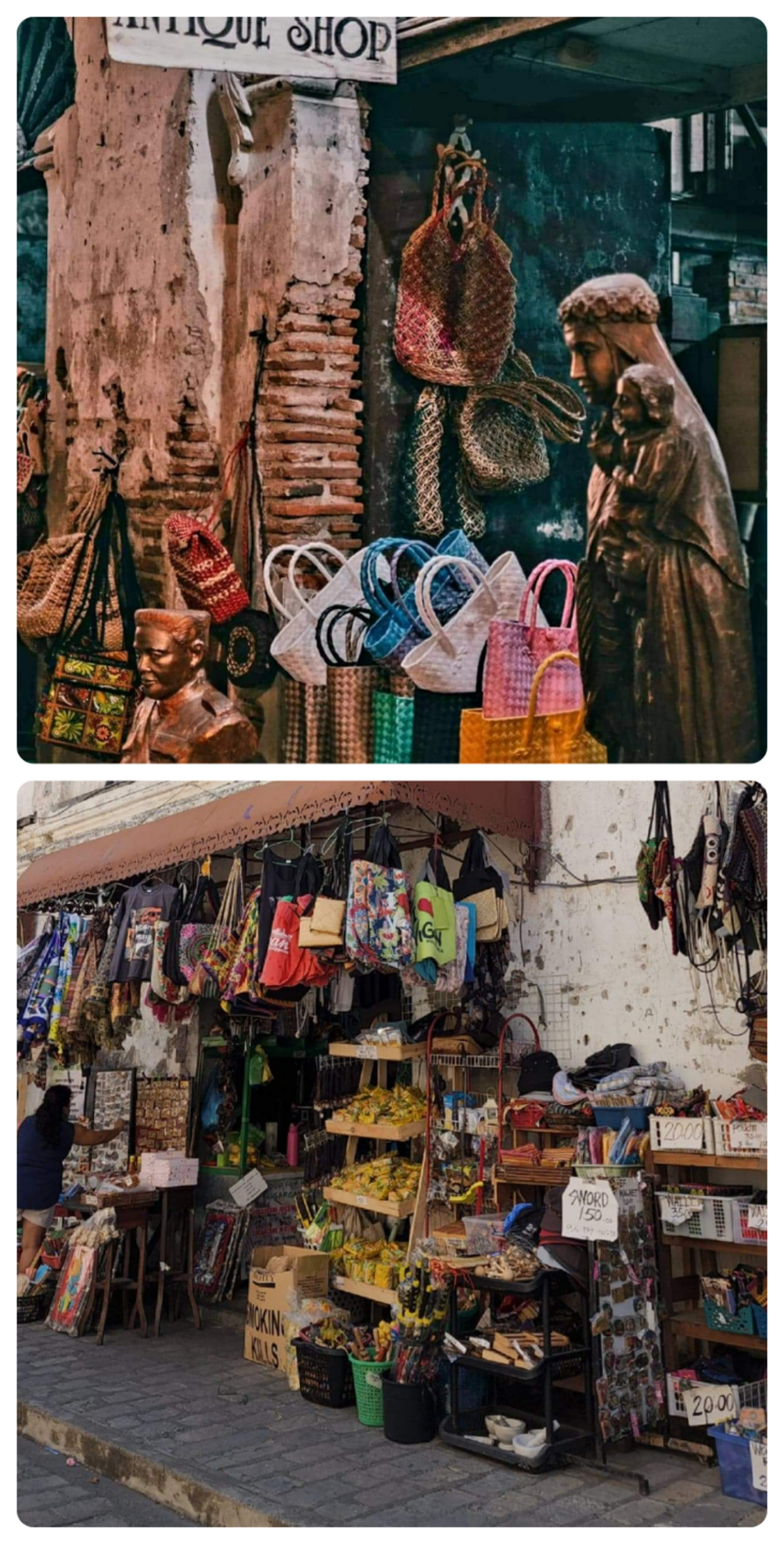

Kalesa
The *kalesas* or horse drawn carriages were the mode of transportation during the Spanish colonial era and were even considered as status symbol. Owning one is like owning a luxury car today. These are still around but as a tourist attraction instead and allowed to ply on Calle Crisologo and around the area. You can ride for the experience or get a break from walking and listen to the the click clacks of the horses’ hooves.
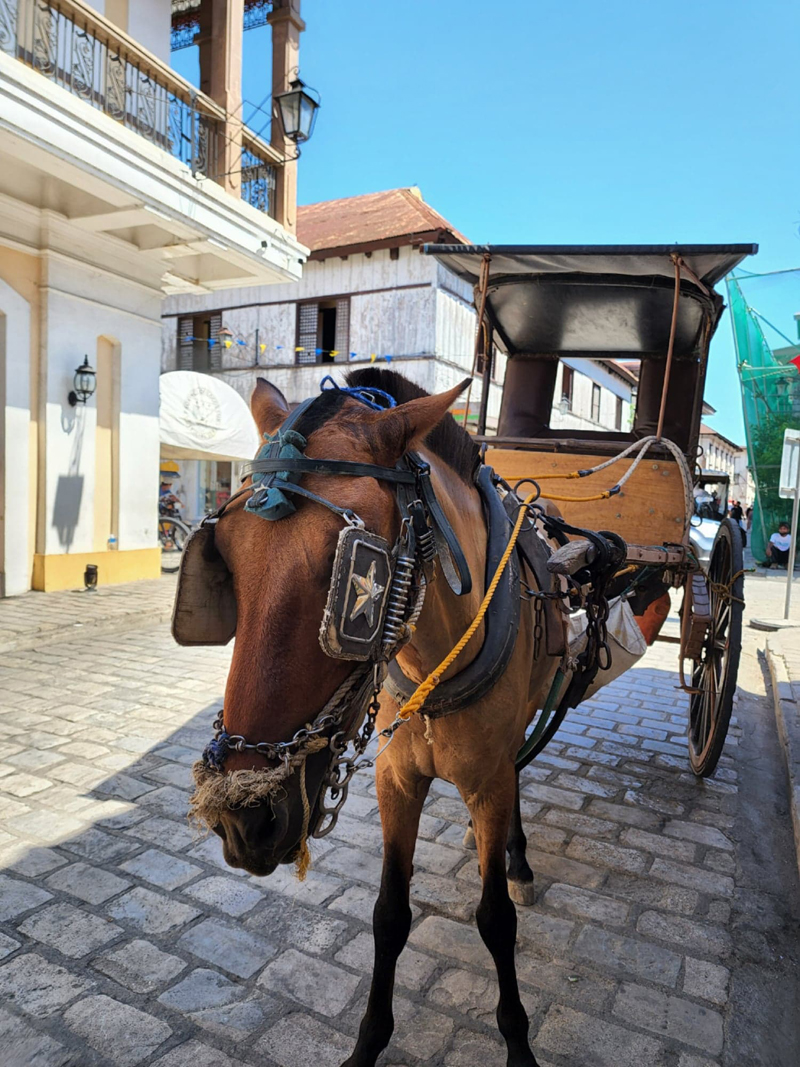
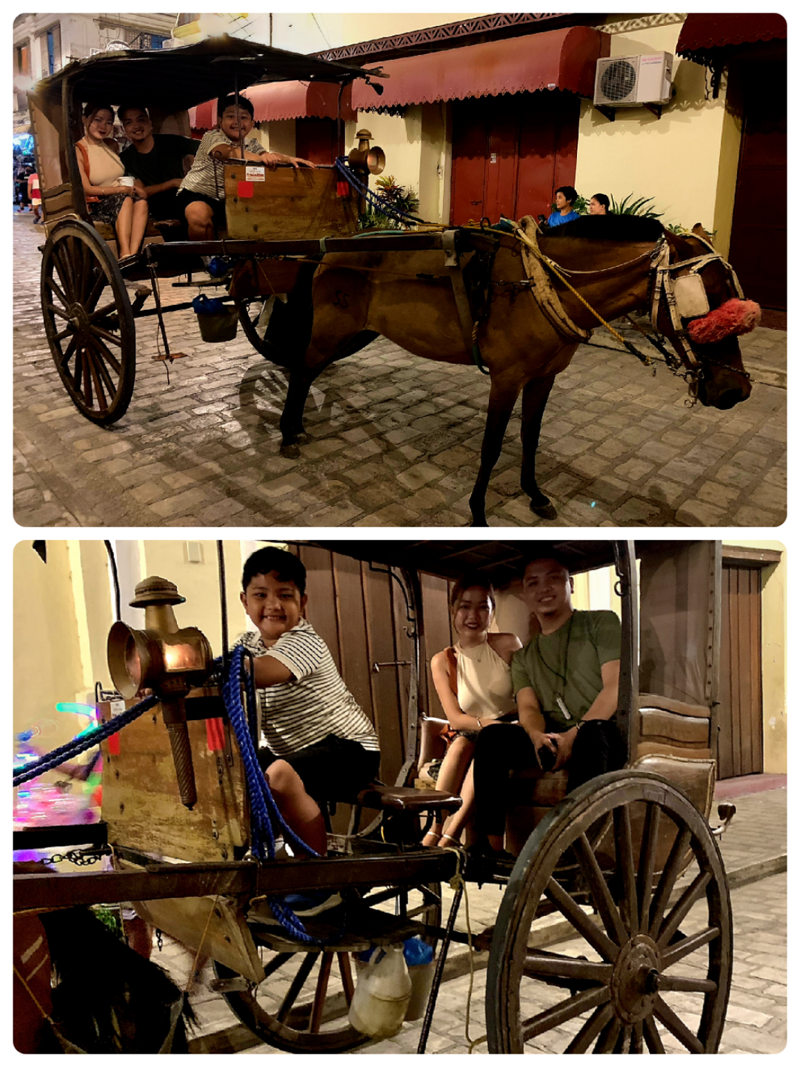
PLAZA SALCEDO
To honor the founder of Vigan, a monument was erected in the city's square. People usually take a promenade and wait for the awesome lights and music from the dancing fountain show which starts at 7PM. Kids and adults alike just love it.


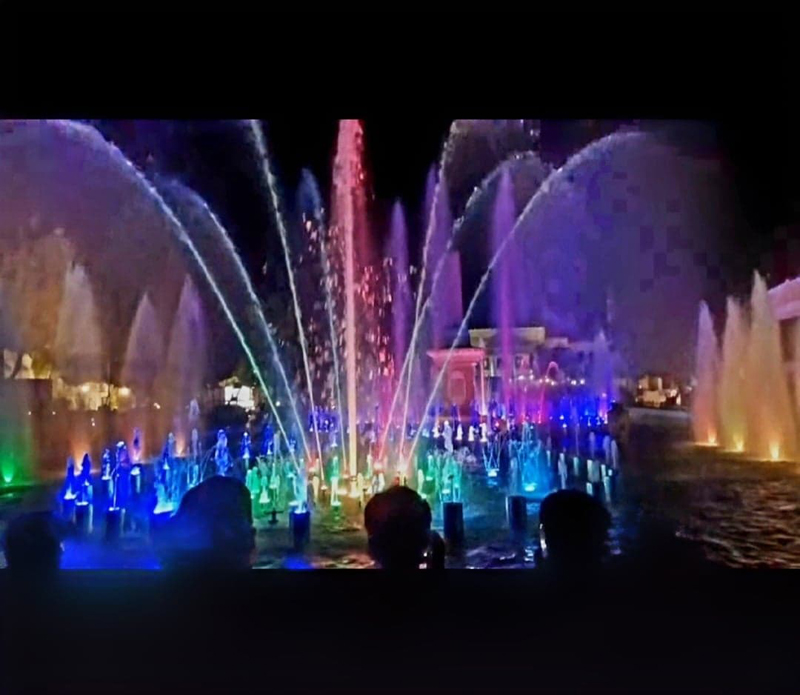
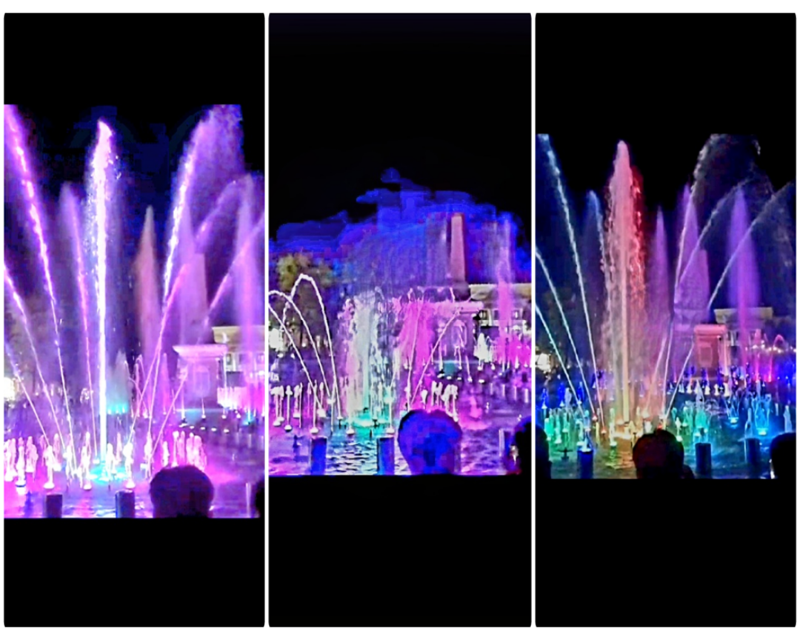
Vigan Cathedral
Across the Plaza Salcedo and within a walking distance is the Roman Catholic cathedral of the city. The first church was built in 1641 but the present-day church was built in 1800 in a Reinaissance Earthquake Baroque style.

In 2015 Vigan City got another international recognition. It is now in the New7Wonders Cities which also include the cities of Beirut, Doha, Durban, Havana, Kuala Lumpur and La Paz.
CENTURIES OLD -STILL STANDING AND STUNNING
The Quema House built in the 1820s is the ancestral home of the Quema family in Vigan city It is one of the few houses that are still owned and maintained by the original owners. Don Enrique Quema was one of the wealthiest traders in that era so let us take a look at how the house of an affluent man looks like.
The house has withstood the test of time that according to the caretaker no major repairs has been done except for interior repairs due to termites. Everything from its exterior to interiors is 19th century.
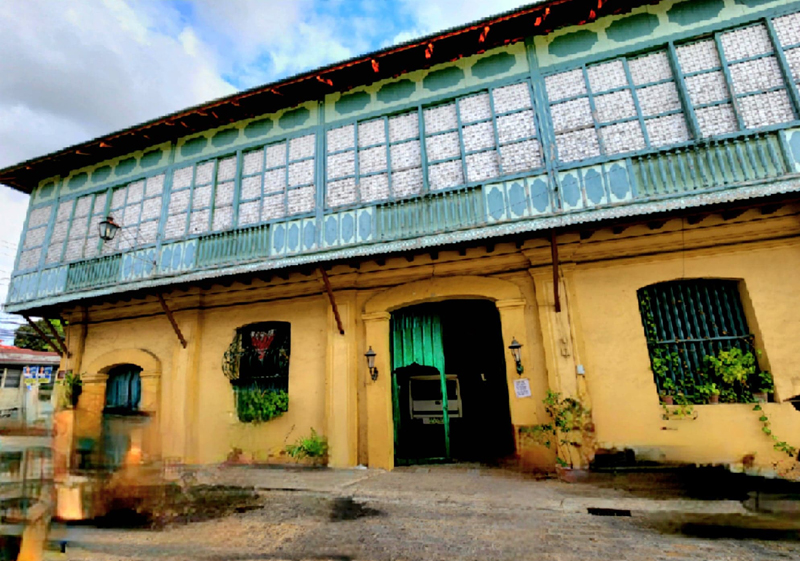
The inside of the house are wide plank hardwood floors. It still have the original furniture like lounge chairs, four-poster beds and wall cabinets were made of narra hardwood.
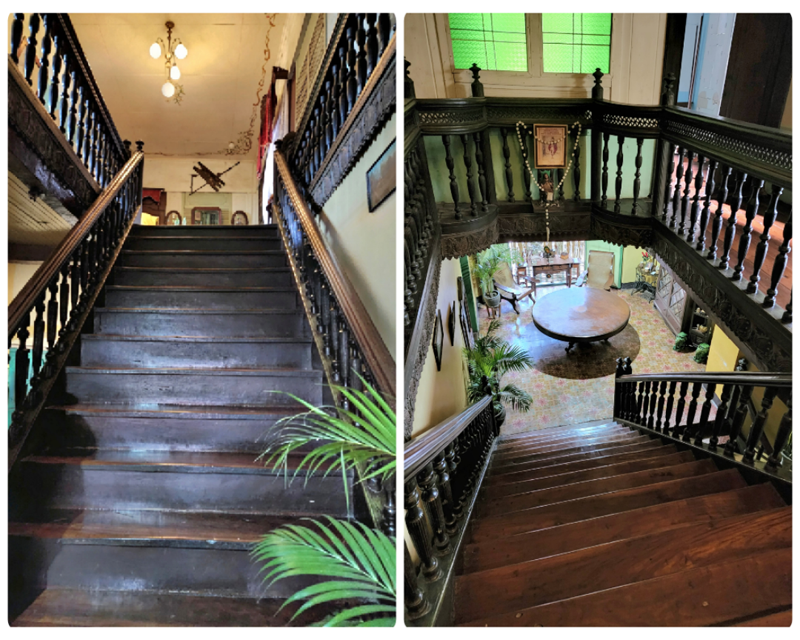
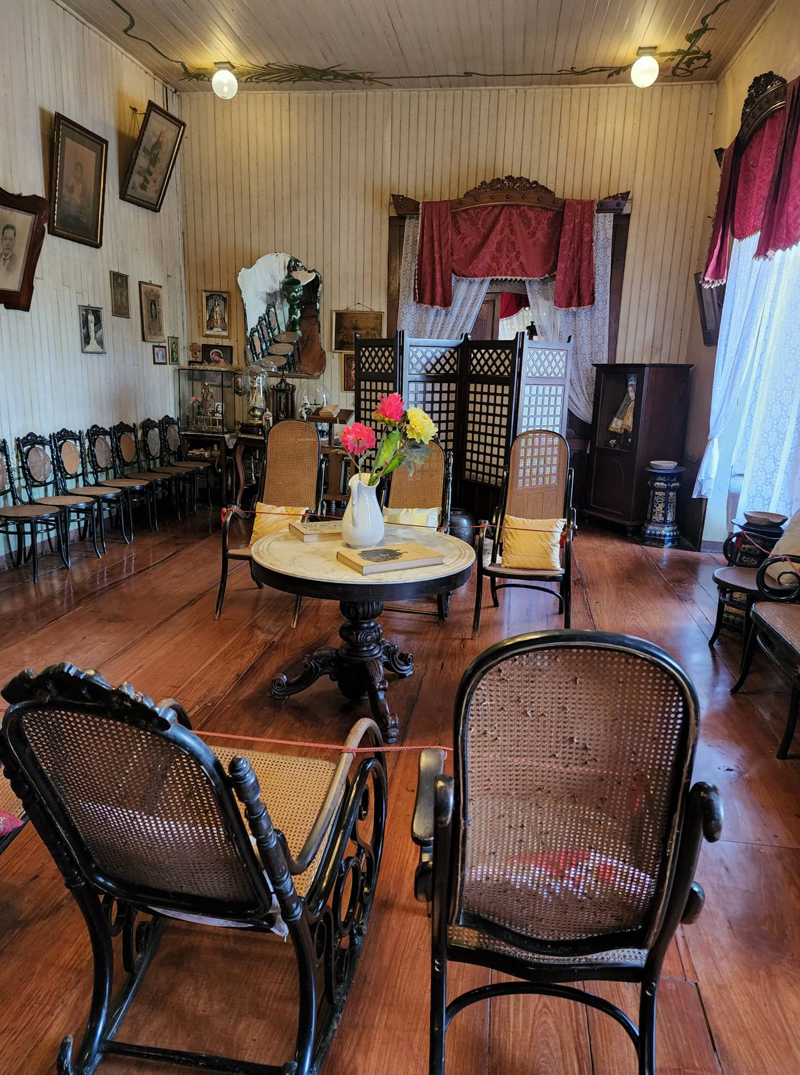

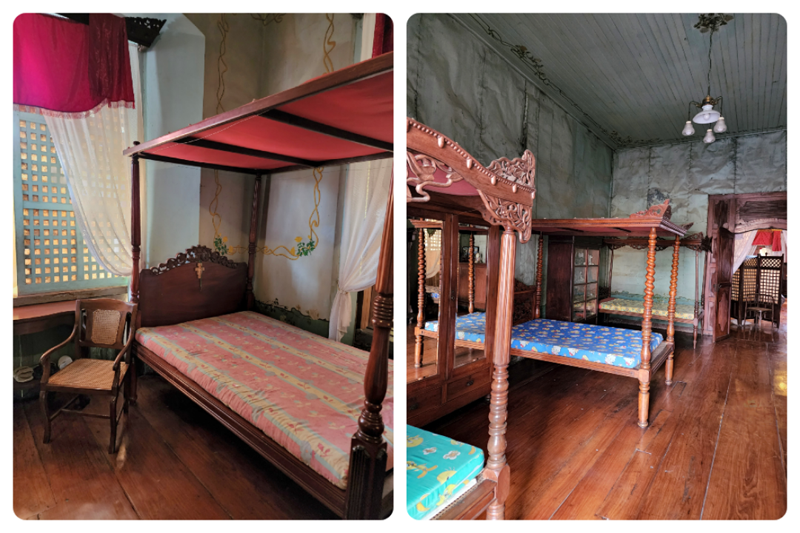
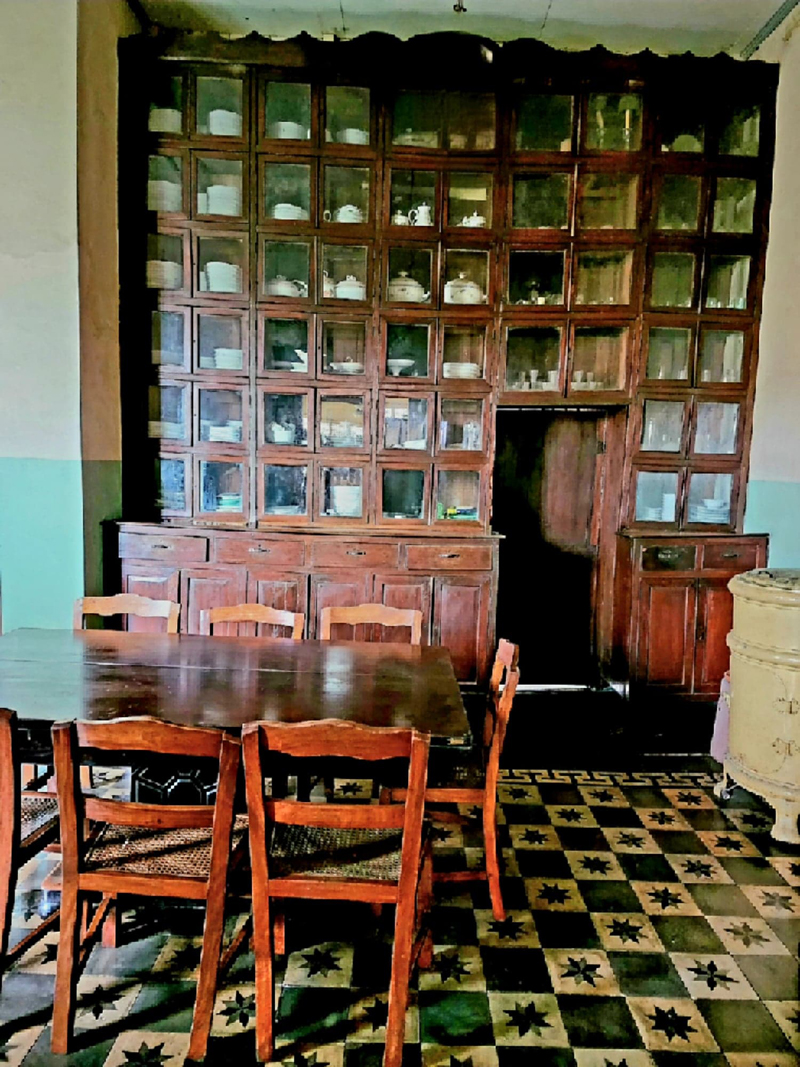
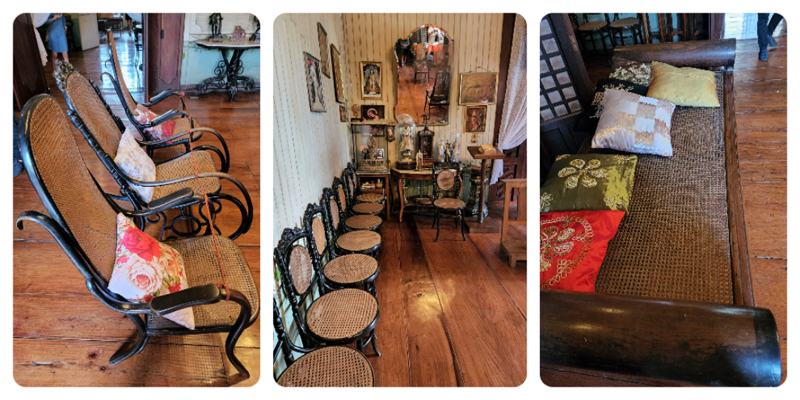

We noticed the drawings of what looked like vines on the ceiling. I have read that it is called hand-drawn frieze, interesting.

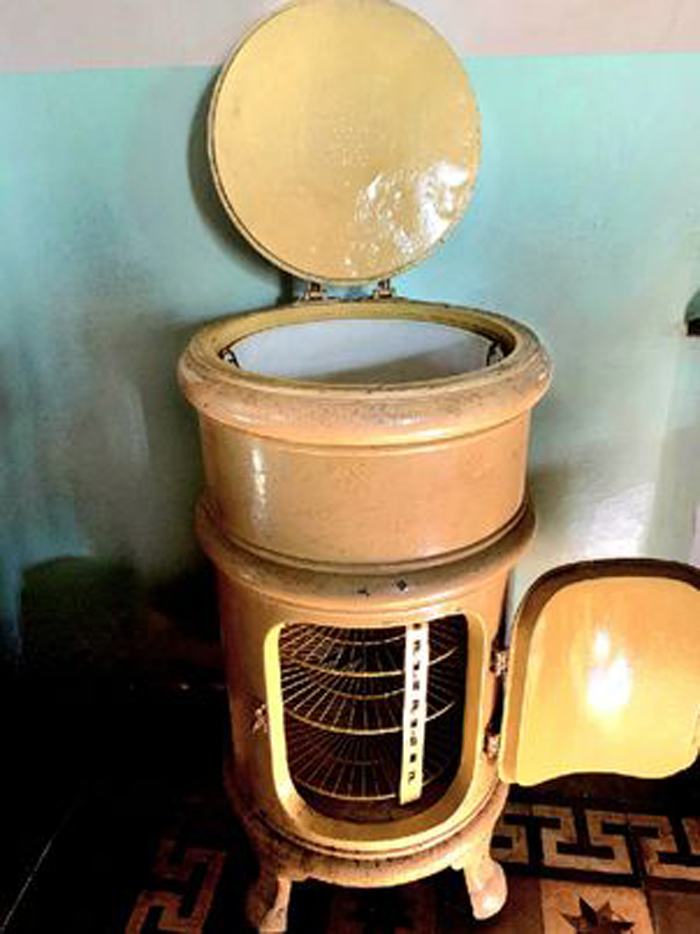

Another interesting find is a bit of Philippine history. These seemed like copies of manuscripts from Jose Rizal's (Philippine National Hero) two famous novels, **Noli Me Tangere** and **El Filibusterismo**. These novels are based on allegations of corruption and abuses by the Spanish colonial government and the Catholic Church.
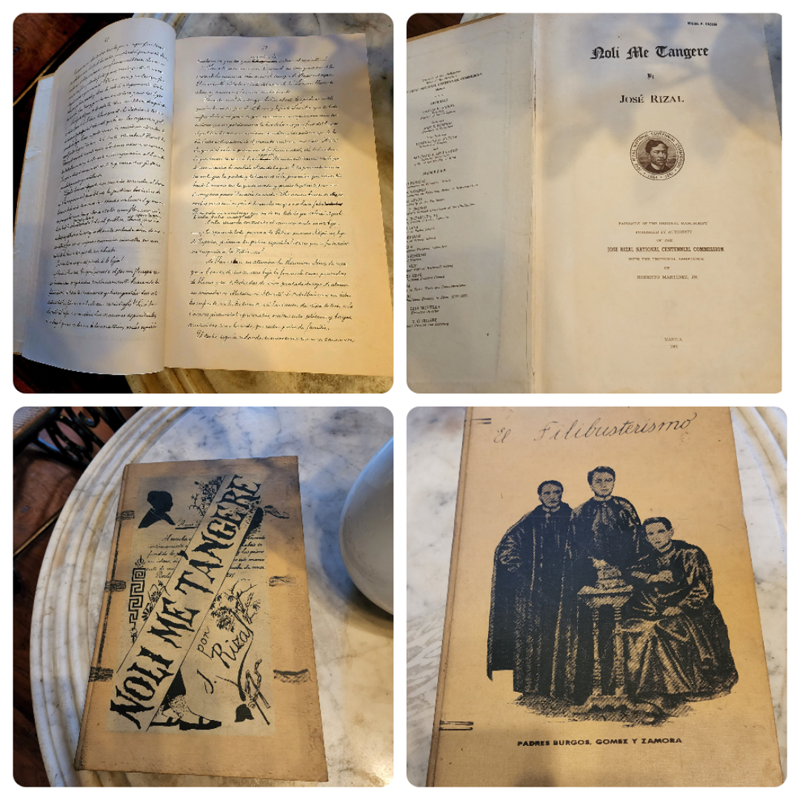
We visited Vigan before the big earthquake hit the city at a magnitude of 7.2. Some of these buildings may have been destroyed, but hopefully they could be restored for posterity’s sake.
[//]:# (!pinmapple 17.570135 lat 120.388198 long calle crisologo d3scr)
What a nice post about Vigan and surroundings..Love its history and the images. Vigan is in my bucket list and hope to visit it someday. I have read and re-read "Noli" many times. I got the "Fili" when I visited Manila before the pandemic but have not finished the book yet. Thank you for sharing. And oh, MBA has a lovely hotel in Vigan called "Casa Marita" in the town center.
Vigan's history is really fascinating, gives you a glimpse into what its like 100 years ago. The "Noli" and El Fili were a required reading material back in college days.
I'll keep MBA in mind when we go back for a visit. Thank you for dropping by.
What a nice history I have this morning! Thank you for sharing it. I love the information.
An early morning of Philippine history. Thank you for dropping by.
Wow! The place that every Filipinos must visit because it is part of our history. Thank you for sharing this. Hope it will be restored right away from the 7.2 earthquake recently.
Indeed we should visit a world heritage site and feel.proud about it. I hope too that there are no serious damages. Thank you for dropping by.
Congratulations, your post has been added to Pinmapple! 🎉🥳🍍
Did you know you have your own profile map?
And every post has their own map too!
Want to have your post on the map too?
Thank you.
Vigan! I was astounded by its history and the fact that Quema House was centuries old and had undergone NO MAJOR REPAIRS. WOW! This is wonderful and amazing!
I am also amazed at the interiors and how the furnitures were well preserved.
Wow, thanks for the tour. That beautiful Vigan that I haven't even visit. Even though I'm from Philippines that js is why its fun reading a lot of travel blog here. Coz even virtually, I can still travel in those places. Thanks to you 😮🤩
We are glad you learned and seen something from Vigan's history through this blog. Thank you for dropping by.
Wow, such a nice place to visit. Haven't included Vigan in my bucket list of places to visit. However, right after I read this piece, I might consider this wonderful and historic place.
We suggest you should include it and see one of the New7Wonders Cities of the world.
Congratulations @sisterhood2! You received a personal badge!
Participate in the next Power Up Day and try to power-up more HIVE to get a bigger Power-Bee.
May the Hive Power be with you!
You can view your badges on your board and compare yourself to others in the Ranking
Check out the last post from @hivebuzz:
Source of potential plagiarism 1
Source of potential plagiarism 2
There is reasonable evidence that this article has been spun, rewritten, or reworded. Posting such content is considered plagiarism and/or fraud. Fraud is discouraged by the community and may result in the account being Blacklisted.
Guide: Why and How People Abuse and Plagiarise
If you believe this comment is in error, please contact us in #appeals in Discord.
We have replied about this in Discord. Thank you for time and consideration.